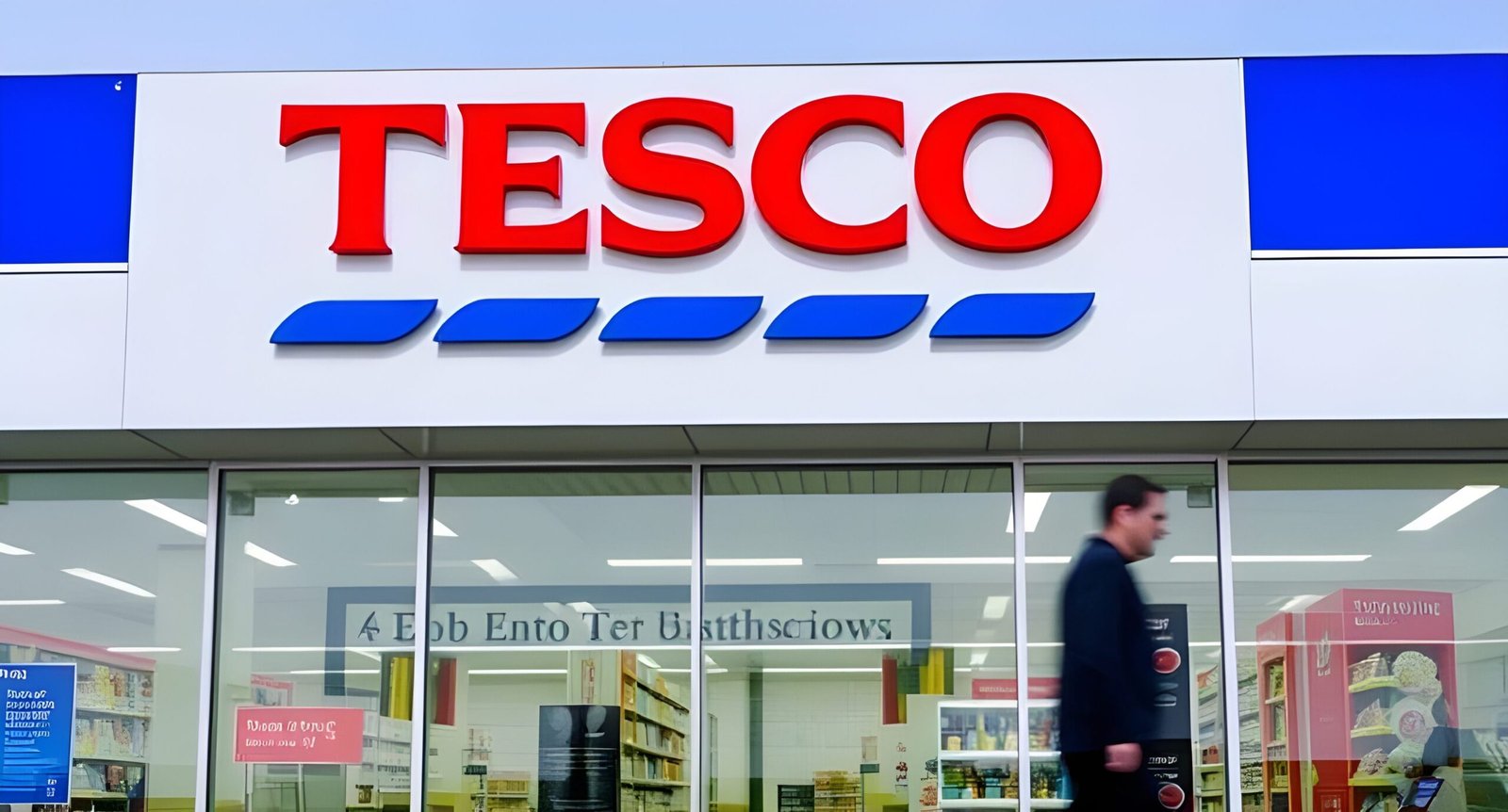Tesco, the UK’s largest supermarket chain, recently faced a technical mishap that left many of its customers frustrated. While technology has enhanced convenience in retail, this incident highlights the potential downsides when issues arise. This blog will break down what happened, Tesco’s response, the customer experience, and how such occurrences can be mitigated in the future.
Table of Contents
What Happened
On a recent Friday afternoon, Tesco experienced software issues that disrupted its website and mobile app services. Customers reported being unable to amend online orders, access digital Clubcards, or use vouchers while shopping. These IT glitches, which began around 2 PM BST, caused significant inconvenience for nearly two hours.
According to Downdetector, which monitors outages, complaints surged during the incident and then subsided by late afternoon. While some initially speculated about potential cyberattacks due to similar disruptions at other retailers like Marks & Spencer and Co-op, Tesco clarified that the issue was not hacking-related.
Tesco Responds
Tesco’s handling of the situation was prompt, and the company issued a formal apology to customers for the inconvenience caused. A Tesco spokesperson shared with the BBC, “We have fixed a software issue that temporarily impacted customers using our website and app this afternoon. We’re sorry for the inconvenience.”
On social media platform X (formerly known as Twitter), Tesco’s account actively responded to customer complaints. They acknowledged “intermittent system issues” and assured users that their IT team was working diligently to resolve the problem.
Despite these efforts, some customers were frustrated by their inability to access their Clubcards or change orders. Tesco encouraged these customers to “try again later” once the systems were restored.
Social Media Reactions
Social media served as the primary outlet for customers to express their frustrations during the outage. Complaints ranged from being locked out of their accounts to the inability to collect loyalty points or use vouchers during in-store visits.
For instance, one customer noted that they had been encountering usage issues for four hours. Tesco, in response, apologized for the delay and provided updates about their efforts to fix the problem.
The real-time communication on X proved to be both a support avenue and a reflection of customers’ increasing reliance on digital systems for shopping convenience.
Possible Causes of the Glitch
Although Tesco hasn’t disclosed the exact technical cause of the outage, some possibilities include the following common IT challenges:
- System Overloads: A sudden surge in user activity or traffic could temporarily overwhelm servers.
- Software Bugs: Coding errors or glitches in updates are typical culprits behind operational disruptions.
- Technical Maintenance Misfires: Ongoing system updates or maintenance may sometimes trigger unintended consequences.
Regardless of the root cause, this incident underscores the importance of robust IT infrastructure and quick troubleshooting protocols.
The Customer Impact
For many Tesco customers, the glitches disrupted their shopping experience.
- Online Order Management: Shoppers were unable to adjust their grocery orders, posing challenges for those relying on this convenience to cater to last-minute changes.
- Clubcard Accessibility: With over 20 million Clubcard members in early 2024, being unable to access digital loyalty cards significantly impacted users relying on discounts or points collection.
- Voucher Usage: Many customers were unable to redeem vouchers during their visits, affecting value-conscious shoppers.
This breakdown demonstrates modern-day consumers’ dependence on digital tools for seamless shopping.
Preventing Future Outages
High-profile disruptions like this emphasize the need for proactive IT measures that ensure operational continuity. Tesco and similar entities can consider the following strategies to mitigate risks in the future:
- Infrastructure Scaling: Investing in robust cloud-based server solutions that auto-scale during traffic surges can prevent system overloads.
- Frequent System Testing: Regularly auditing and stress-testing systems can help identify weak points before they become full-scale problems.
- Rapid Incident Response Plans: Having a pre-defined crisis management strategy empowers teams to resolve technical issues faster while communicating effectively with customers.
- Backup Access Points: Developing alternative methods for Clubcard access or in-store discounts ensures customers can still leverage benefits during system disruptions.
Insights from Industry Experts
Tech industry experts emphasize the growing importance of resilient digital frameworks in retail.
- Mike Anderson, CTO of a major IT firm, says, “Retail businesses must prioritize developing fault-tolerant systems that recover autonomously in case of contingencies.”
- Jessica Rowe, an e-commerce consultant, adds, “Clear communication during disruptions is key. Companies must handle customer frustrations with transparency and real-time updates to retain trust.”
By implementing these best practices, large enterprises like Tesco can safeguard their operations and customer satisfaction.
Frequently Asked Questions about the Tesco Glitch
What was the cause of Tesco’s recent IT disruption?
Tesco has not disclosed specific details, but the company confirmed that the incident was not related to a cyberattack.
How long did the outage last?
The reported issues started around 2 PM BST and were largely mitigated within two hours.
Who was most affected by the glitch?
Customers who needed to amend online orders or use their digital Clubcards were primarily impacted.
How did Tesco handle the situation?
Tesco issued a formal apology, actively updated customers via social media, and resolved the system issues swiftly.
Is this the first time Tesco faced such issues?
No supermarket is immune to technical problems, but Tesco has a strong track record of resolving them efficiently.
What Tesco’s Glitch Taught Us
The recent software glitch at Tesco serves as a reminder of the challenges and responsibilities that come with running tech-driven businesses. While the disruption caused frustration, Tesco’s swift response and transparency helped contain the damage.
For businesses reliant on digital infrastructure, investing in robust systems and creating a responsive customer support framework is no longer optional. Tesco’s handling of the incident demonstrates the importance of balancing technology with effective communication to maintain customer trust.
If anything, this instance underscores the delicate balance between innovation and reliability. Customers want convenience ,but will expect accountability when technology falls short.

